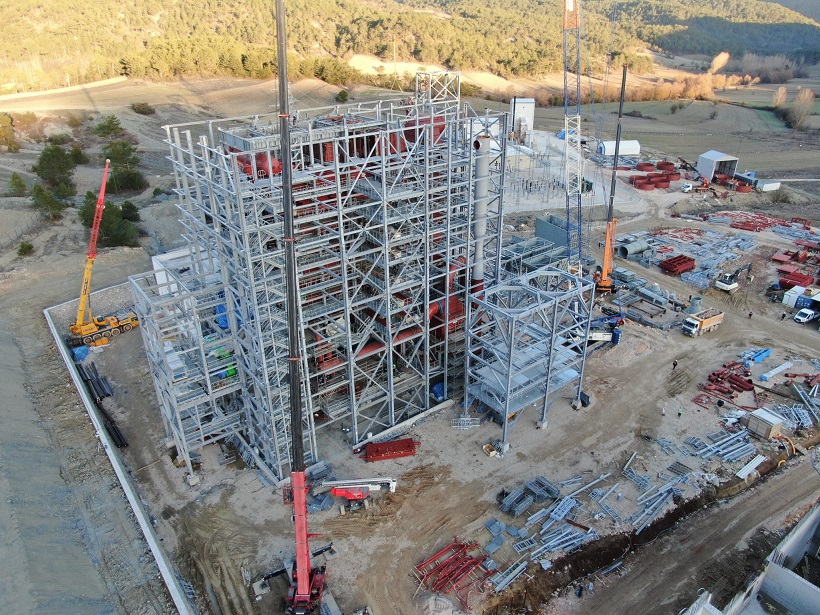Biomass contains stored energy from the sun. Plants absorb the sun’s energy in a process called photosynthesis. When biomass is burned, the chemical energy in biomass is released as heat. Biomass can be burned directly or converted to liquid biofuels or biogas that can be burned as fuels.
Biomass power uses these natural materials to generate clean, renewable electricity while also reducing greenhouse gas emissions. It also offers significant other environmental and consumer benefits, including improving forest health, protecting air quality, and offering the most dependable renewable energy source.
Examples of Biomass:
- Wood and wood processing wastes
- Agricultural crops and waste materials
- Food, yard, and wood waste in the garbage
- Animal manure and human sewage
Biogas is a fuel gas; it is a mixture of 65% methane (CH4) and 35% CO2. It is a renewable energy source from agriculture crops or animal manure.
Biogas is the result of the process of fermentation.
Biogas systems are a reliable way to turn organic waste into renewable energy and valuable soil products, using a natural, biological process. After simple processing, biogas is a renewable substitute for natural gas. The digested solid and liquid material can be turned into a wide variety of useful soil products, similar or identical to peat moss, pellets and finished compost.
Biogas systems can also recover nutrients helping to protect waterways from runoff and preventing over-fertilization to increase nitrogen levels in the soil.

